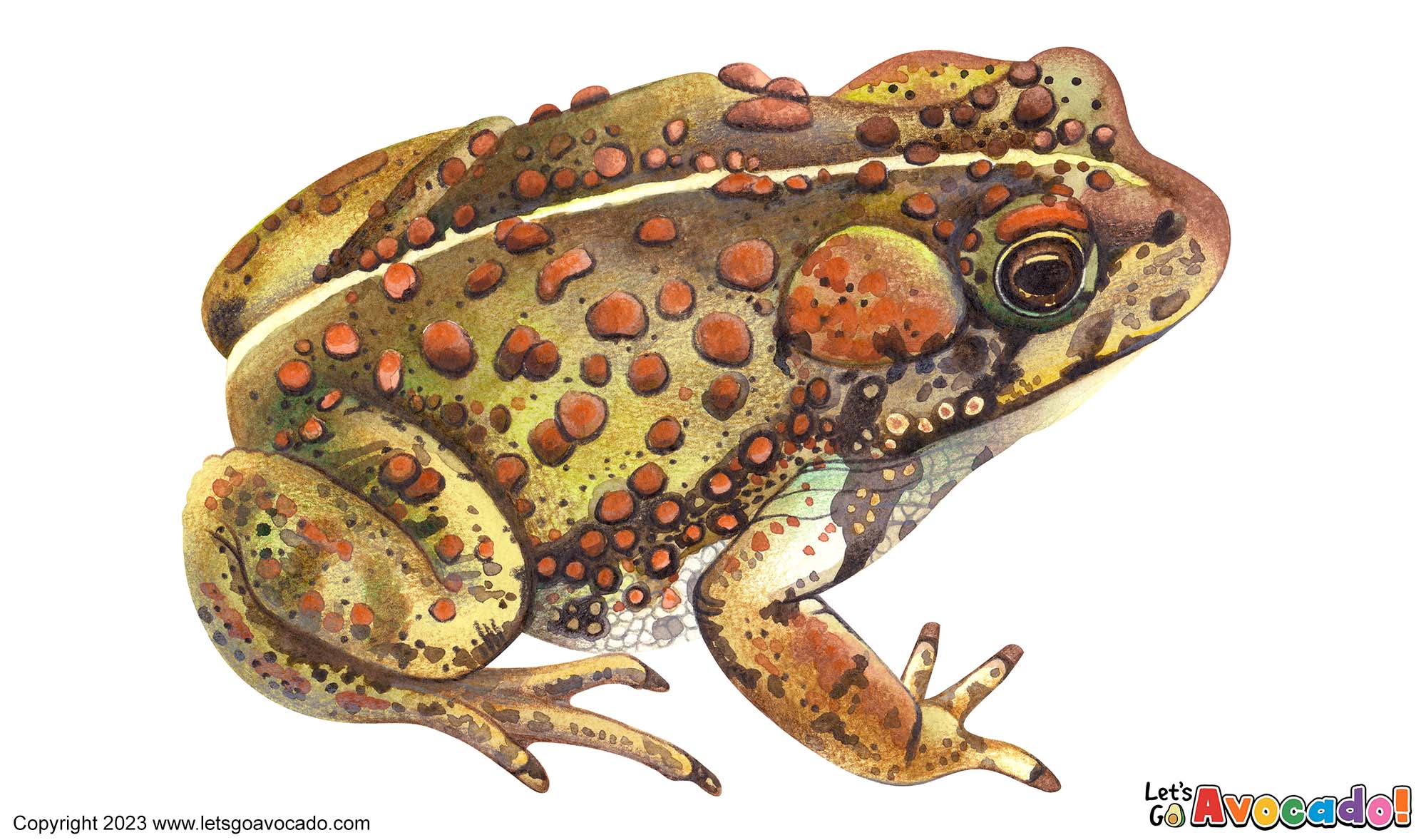

Western Toad
Pacific Toad, Boreal Toad, Rocky Mountain Toad
Anaxyrus boreas
This page may contain affiliate links.
Read our disclosure and privacy policy here.
The Western Toad, also known as the Anaxyrus boreas, is a fascinating amphibian species found in various habitats across western North America. These toads are well-known for their distinct appearance, vocalizations, and ecological importance. With warty skin, a robust body, and characteristic large parotoid glands behind their eyes, Western Toads are easily identifiable. They range in size from 2 to 5 inches, making them relatively large compared to other toad species. Their preferred habitats include forests, meadows, wetlands, and even alpine regions. Western Toads are nocturnalAnimals that are active during the night and rest during the day. Beavers are primarily nocturnal, doing most of their work at night. Learn More and spend their days hiding in burrows or seeking shelter under logs or rocks. At night, they become active and are skilled hunters, preying on insects, spiders, worms, and other small invertebrates. As a defense mechanism, Western Toads can secrete‘Secreting’ means that something is being produced and released by an organism. Think about how your body produces tears when you cry or how your nose can produce mucus when you have a cold. Those are examples of secreting. Your body is making and releasing those substances. Learn More a milky toxin from their parotoid glands, deterring predators and providing them with a line of defense.
Western Toad

There’s a lot to explore right where we are, in our own neighborhoods and backyards! Join us while we get off the couch and explore the everyday wonders of nature, science, space, engineering, art, and anything else we stumble upon during on our adventures.







